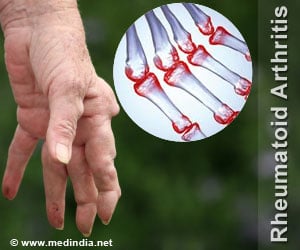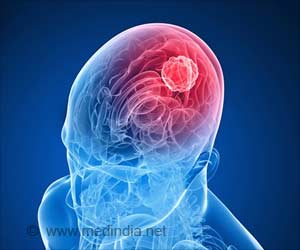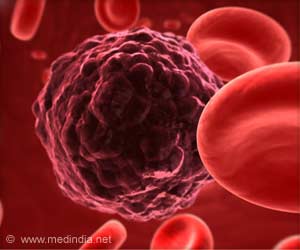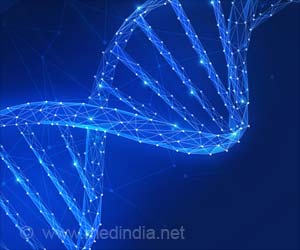Pioneering work by Japanese stem-cell researchers two years ago has taken a major step forward, helping the quest for versatile, grow-in-a-dish transplant tissue.
Pioneering work by Japanese stem-cell researchers two years ago has taken a major step forward, helping the quest for versatile, grow-in-a-dish transplant tissue, according to papers published on Sunday.
Two teams have combined ideas to devise a safer technique for reprogramming skin cells so that they become "pluripotent" stem cells, fundamental cells that then grow into specialised organs.Their effort builds on an award-winning breakthrough in 2007 by Shinya Yamanaka of Kyoto University.
He and his team introduced four genes into skin cells, reprogramming them so that they became indistinguishable from embryonic stem cells.
That achievement conjured the distant vision of an almost limitless source of transplant material that would be free of controversy, as it would entail no cells derived from embryos.
But the downside of the technique for creating these so-called induced pluripotent stem cells (iPS) is that the genes are delivered by a "Trojan horse" virus.
Reprogramming cells using a virus modifies their DNA in such a way that they cannot be given to patients without boosting the risk of cancer.
Advertisement
The insertion is carried out using "piggyBac," a tried-and-tested technique in genetically-modified crops in which mobile genetic sequences called transposons are slotted into the genome.
Advertisement
"I was very excited when I found stem cell-like cells in my culture dishes. Nobody, including me, thought it was really possible," said Keisuke Kaji from the Centre for Regenerative Medicine at the University of Edinburgh, Scotland.
In a press release issued by Britain's Medical Research Council, Ian Wilmut, the "father" of Dolly the cloned sheep, stressed that the new iPS cells would have to be tested thoroughly for safety before being used in any human trials.
And, "crucially," scientists were still hunting for a way of coaxing pluripotent cells into the specialised tissues that could be used in transplants, said Wilmut, who heads the unit where Kaji works.
Even so, "there is hope that the promise of regenerative medicine could soon be met," he said.
Stem cells have excited huge interest over the past decade. Promoters say this material could reverse cancer, diabetes, Alzheimer's and other regenerative diseases.
But the dynamic has been sapped by opposition from religious conservatives, who argue that research on embryos, the prime source of stem cells so far, destroys human life.
Source-AFP
SRM









